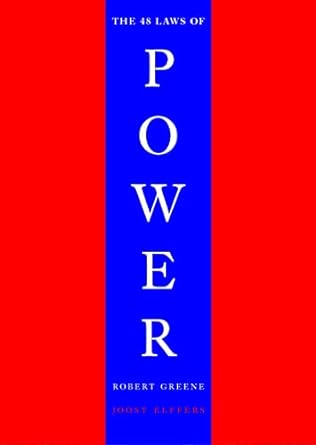Nepal has a long and rich history that dates back thousands of years. It is believed that the first people to inhabit the region were Kirat people from the Himalayas around 2000 BC. The people of the Kathmandu valley known as the Newars, are thought to have settled there around the same time.
The history of Nepal is closely linked with the history of India. In the 4th century BC, the Nanda Dynasty was the most powerful dynasty in northern India. The empire extended into the Kathmandu valley in Nepal and the Maurya Dynasty, which followed the Nanda Dynasty, had a considerable influence over the region.
In the early medieval period, the region was divided into small principalities and states which were frequently in conflict with each other. The Licchavi period, which began in the mid–3rd century, saw the unification of Nepal and the emergence of the Kathmandu valley as the political, economic and cultural centre of the country.
In the late medieval period, Nepal was unified by the Gorkha Kingdom in the late 18th century. The Gorkha Kingdom was the first unified state of Nepal and it extended its power over the whole of the country.
The Rana dynasty ruled Nepal from 1846 to 1951, when the Ranas were overthrown in a democratic revolution. Since then, Nepal has been a constitutional monarchy with a democratically elected government. In 2008, Nepal became a federal republic and, in 2015, the country adopted a new constitution.

